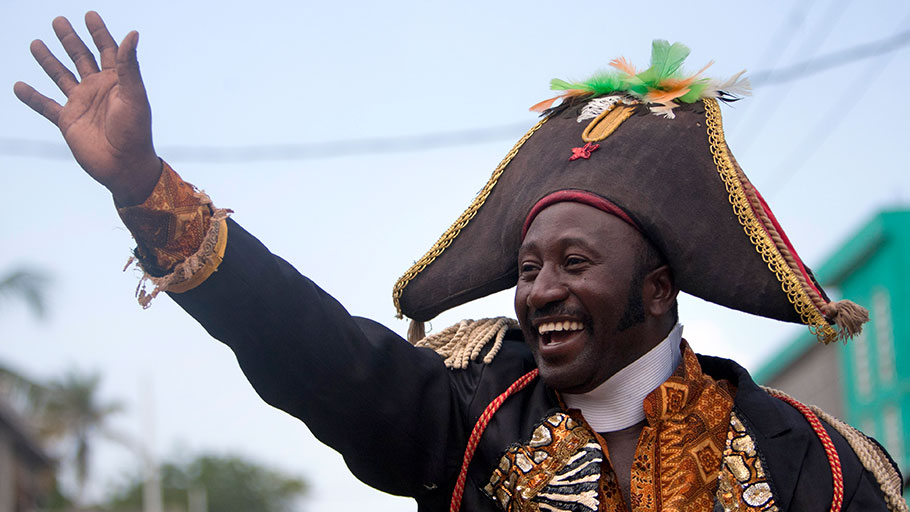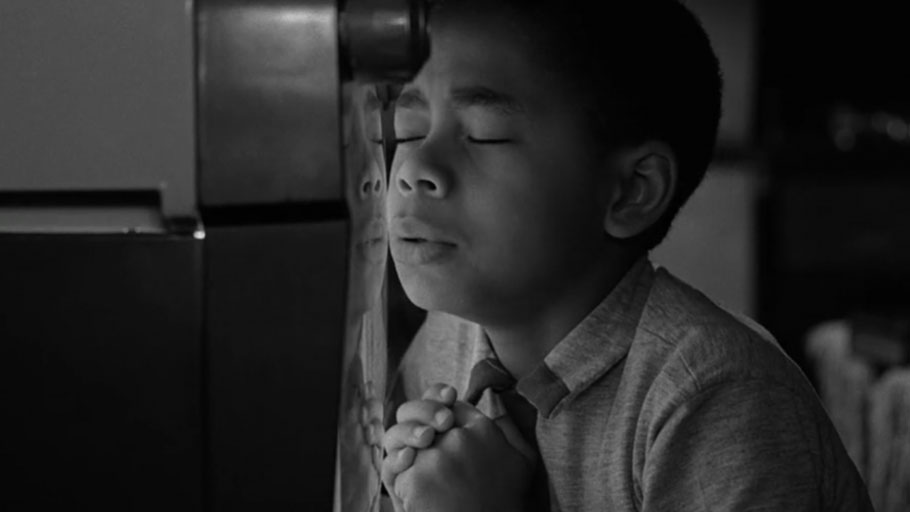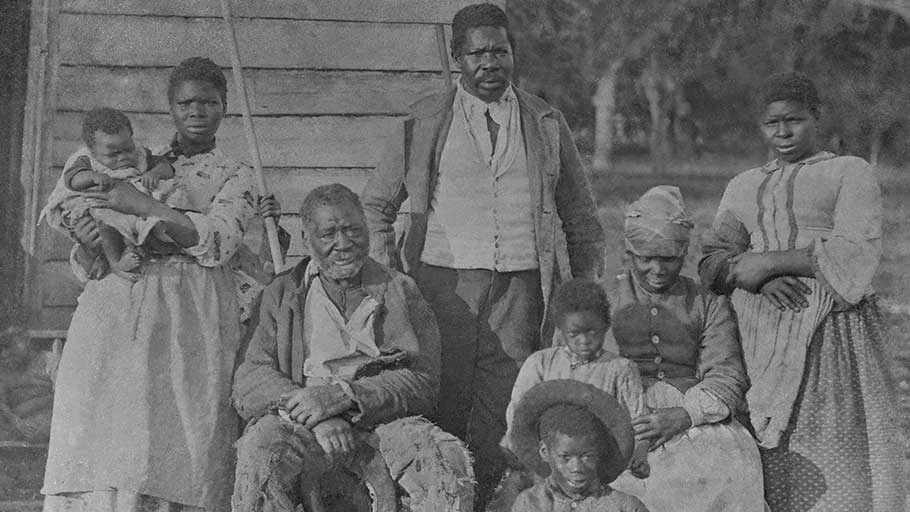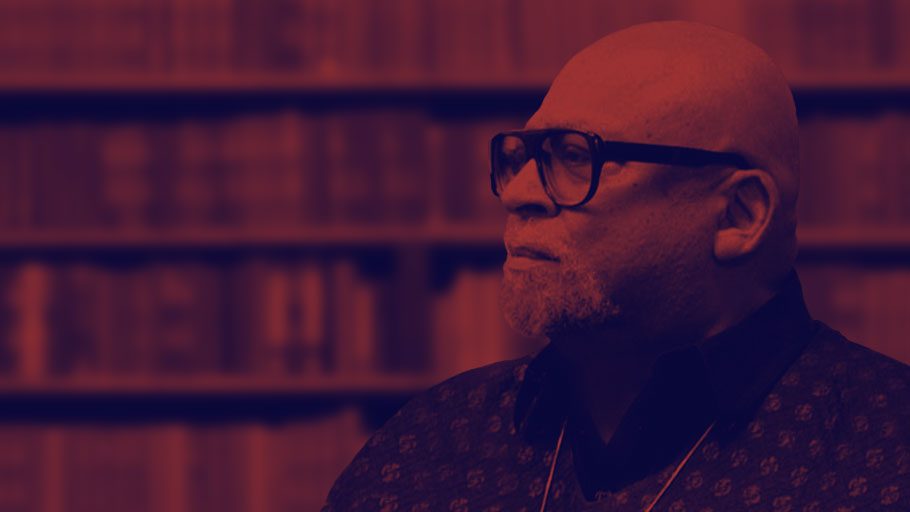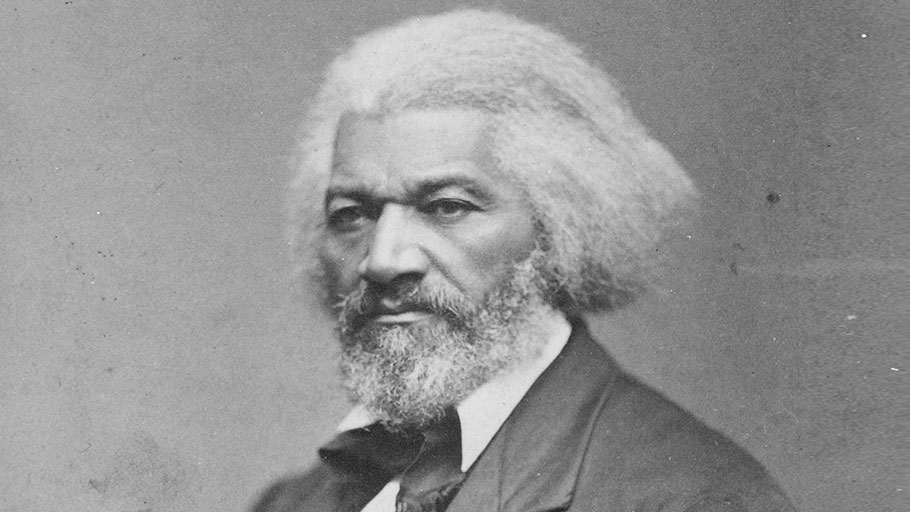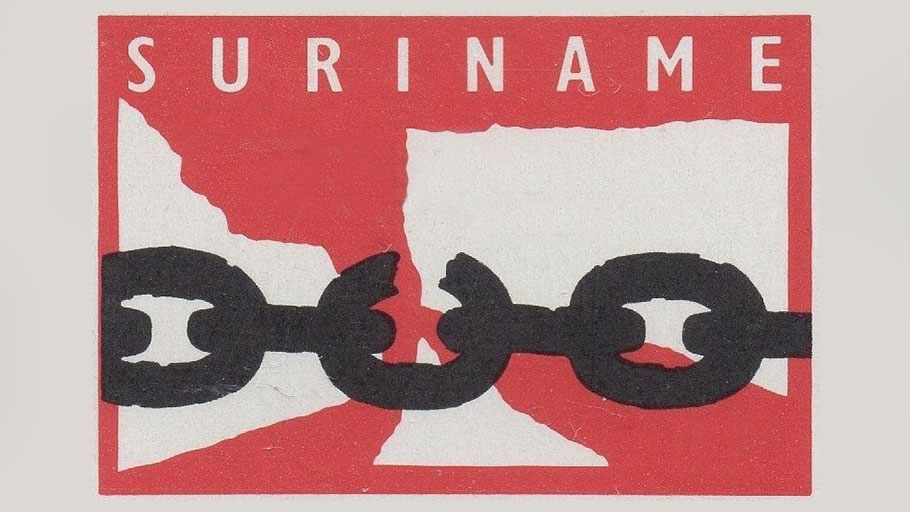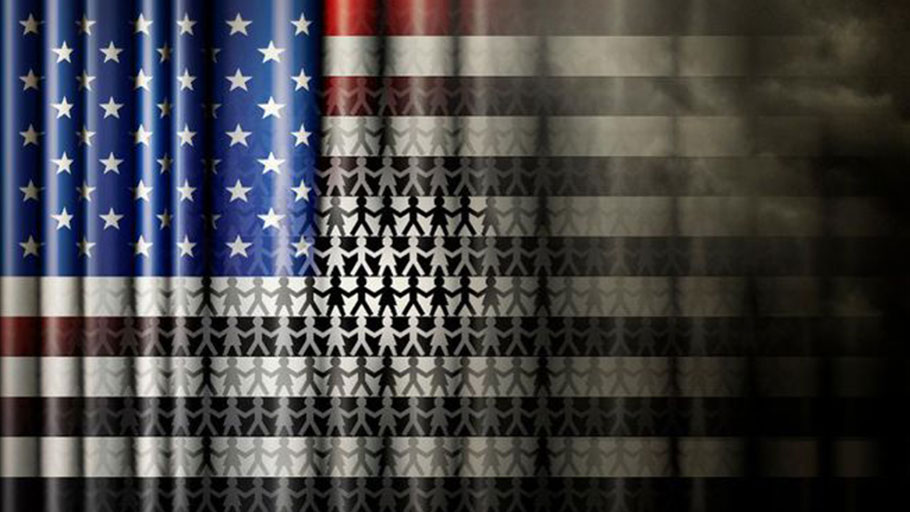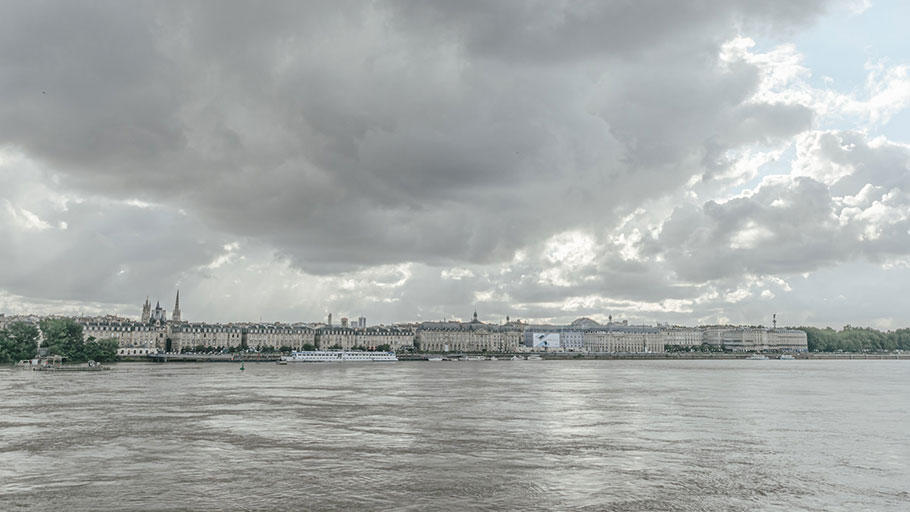
By Laurence I. Barrett, The Washington Post — John Lewis, a civil rights leader who preached nonviolence while enduring beatings and jailings during seminal front-line confrontations of the 1960s and later spent more than three decades in Congress defending the crucial gains he had helped achieve for people of color, has died. He was 80. His death was announced in statements from his family and from House Speaker Nancy Pelosi…

